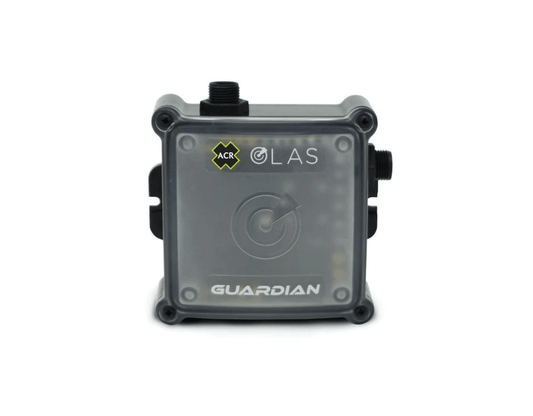Explore our advanced AIS Man Overboard Devices designed to enhance maritime safety by providing immediate alerts and real-time tracking when a person falls overboard. Using Automatic Identification System (AIS) technology, these devices transmit the exact GPS location to nearby vessels and onboard systems, speeding up rescue efforts and improving survival outcomes.
Essential Safety Equipment for Boaters, Sailors, and Marine Professionals
Built for reliability and ease of use, AIS Man Overboard Devices are compact, waterproof, and designed to activate quickly in emergencies. Ideal for commercial vessels, recreational sailors, and offshore workers, they offer a critical layer of protection during maritime operations where quick response is vital.
What is the difference between AIS and PLB?
The main difference between AIS (Automatic Identification System) and PLB (Personal Locator Beacon) is their purpose and functionality. AIS is used to track the location of ships and maritime vessels, providing real-time data for navigation and collision avoidance. In contrast, a PLB is designed to send a distress signal with GPS coordinates to satellite systems in emergencies, primarily used by individuals in remote areas or survival situations.
Is AIS mandatory on ships?
Yes, AIS is mandatory on certain ships under international maritime regulations. It is required on all passenger ships, cargo vessels over 300 gross tons, and tankers for safety and collision avoidance. AIS helps improve situational awareness by transmitting the ship’s position, speed, and other navigational data to nearby vessels and shore stations.
Does AIS need Internet?
No, AIS (Automatic Identification System) does not require an internet connection to function. It uses VHF radio waves to transmit data, such as a ship's position, speed, and other information, to nearby vessels and shore stations. The system operates independently of internet connectivity, relying on radio signals for communication.

